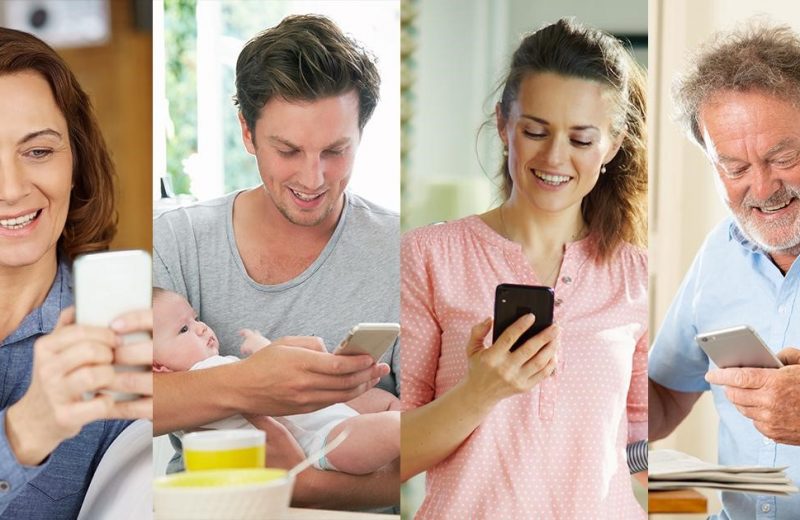As in most parts of the world, daily life for Australians has changed in ways that are unthinkable several months ago. While the consumption behaviour of Australians has already been evolving at great speed even before the COVID-19 pandemic, changes are now playing out faster than anyone imagined. These changes in consumption behaviour have been pushing Australian brands and retailers to adapt with resilience and prepare for a different future.
To make it through the pandemic and build capabilities that the future requires, businesses need to anticipate what kind of Australian consumer is emerging. Backed by studies, the National Retail Association and local area marketing platform Imfree shared some insights on changing preferences of consumers as well as their accelerated adoption of digital technologies.
Australians are migrating toward localised digital communities
A September 2020 survey conducted by McKinsey & Company showed that more Australians expect to make a portion of their purchases online post-pandemic than before. Those purchases include groceries, household supplies, footwear, food takeout and delivery, electronics, and appliances. The study also showed Australians who are already inclined to shop online are supporting local businesses within their community. This was echoed by a recently released KPMG International study, which showed 85% of Australian respondents are willing to pay more for locally-sourced groceries and 90% responded positively for non-grocery items. In turn, many local small businesses in the country are embracing a hyper local and hyper contextual marketing approach like a PhyGital platform, which allows them to offer nearby customers and prospects deals, loyalty, rewards, and relevant content in real time.
“People want freedom of choice and up until this point of time, digital technologies have not been freely available or democratised enough to allow small, medium localised businesses to promote and engage with their community. That is where Imfree has challenged the status quo. It engages local consumers who have desires and needs, with local businesses who can publish and promote in real time the things that are important to their community,” said Imfree Founder and CEO, Cris Dawes. “This means communities can now navigate through their mobile phone to the things they want most. That is kind of a very hyper local and hyper contextual model, which engages people for growth.”

Australians look for instant gratification both digitally and physically
In an increasingly digital world, Australian consumers are craving for ways in which they can be surprised and delighted with benefits that go beyond traditional rewards from local shops and retailers. To cater this trend and stay ahead of competitors, many local businesses are migrating their paper-based loyalty cards to a digital loyalty program and local area marketing that allows them to offer deals and rewards relevant to the wants and needs of their prospects and customers nearby.
“Instant gratification is not just in the digital environment, but also in the physical environment. If you go to a destination, you would like to know what’s on at the right time and in the right place. That behaviour of being able to click online actually has moved on to physical manifestations. People do not have time to search the way they used to because the quarantine condition has challenged normal behaviours. Everything that navigates them more quickly to the things they need is going to be a fabulous innovation for retail,” said Cris Dawes.
Australians want a deeper, more personal experience
Despite the “always on” nature of consumers nowadays, they are constantly looking for a more personal experience with their local retailers and shops. This behaviour comes at a time when after-work night outs are being replaced with virtual drinks via mobile or laptop screens, when work meetings are being undertaken via video chats, and dining out with friends are being replaced with online cooking classes from well-known chefs.
“Convenience is driven locally and relates to deeper and more personal experiences. With people being removed from each other so much, they crave some sort of engagement with the product or the service. Local communities are great because you can re-engage with the butcher, with the hardware shop, cafe owners, etc. I think that’s a great break for people and it has really invigorated in local communities,” said Cris Dawes.
These changing behaviours of Australian consumers are shapers of the next normal. Retailers must learn from these insights and make choices about what future they are going to create for their market. Start creating a more relevant local area marketing strategy by signing up for free in this link.


